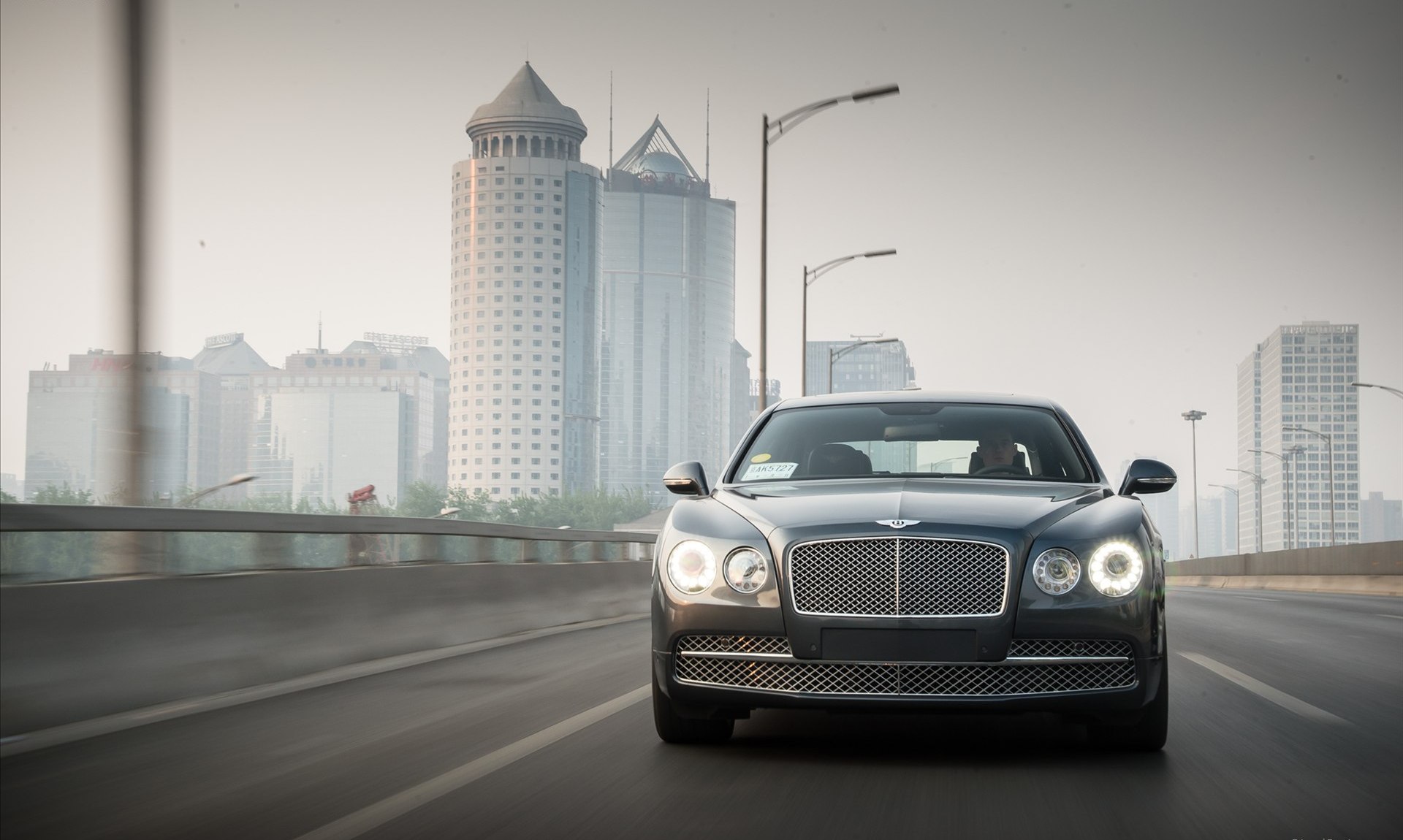Automobile design is a complex process that involves both artistic and scientific elements. It is the process of creating beautiful and functional cars that meet the needs of the driver and passengers while adhering to safety and environmental standards. Automobile design has come a long way since the first car was invented in the late 1800s, and it continues to evolve as new technologies and materials become available.
The Design Process
The automobile design process typically starts with a concept or idea, which is then refined and developed into a working design. The design team will consider factors such as the target market, intended use, and desired style when developing the design. They will also consider technical aspects such as aerodynamics, safety features, and engine performance. Once the design is finalized, it will be turned into a prototype, which will be tested and refined until it is ready for production.
The Role of Technology
Technology plays a crucial role in automobile design, from the initial design concept to the final product. Computer-aided design (CAD) software is used to create 2D and 3D models of the car, which allows designers to make changes and adjustments quickly and efficiently. Virtual reality (VR) technology is also being used to create immersive design experiences, which can help designers to visualize their ideas in a realistic environment.
In addition to design software, technology is also used to develop and test new materials and components. For example, advanced materials such as carbon fiber and aluminum alloys are being used to make cars lighter and more fuel-efficient. Autonomous driving technology is also being developed, which will change the way cars are designed and used in the future.
The Importance of Aesthetics
While functionality and safety are important considerations in automobile design, aesthetics also play a crucial role. The design of a car can evoke an emotional response from the driver and passengers, and can even become a status symbol. Many car manufacturers employ teams of designers to ensure that their cars are visually appealing and stand out from the competition.
Aesthetics can also impact the functionality of a car. For example, the design of the exterior can affect the car’s aerodynamics, which can impact fuel efficiency and performance. The design of the interior can also impact the driver’s experience, with factors such as ergonomics, visibility, and comfort all playing a role.
The Future of Automobile Design
The future of automobile design is exciting and filled with possibilities. As technology continues to advance, cars will become more connected, autonomous, and environmentally friendly. Designers will need to adapt to these changes and find new ways to balance functionality with aesthetics.
Some of the trends that are shaping the future of automobile design include electric and hybrid powertrains, autonomous driving technology, and the use of sustainable materials. Car manufacturers are also exploring new design concepts, such as modular and customizable cars, that can be tailored to the needs and preferences of individual drivers.
Conclusion
Automobile design is a complex process that involves both artistic and scientific elements. The design of a car can impact its functionality, safety, and environmental impact, as well as evoke an emotional response from the driver and passengers. As technology continues to advance, automobile design will continue to evolve, and the cars of the future will be more connected, autonomous, and environmentally friendly than ever before.

